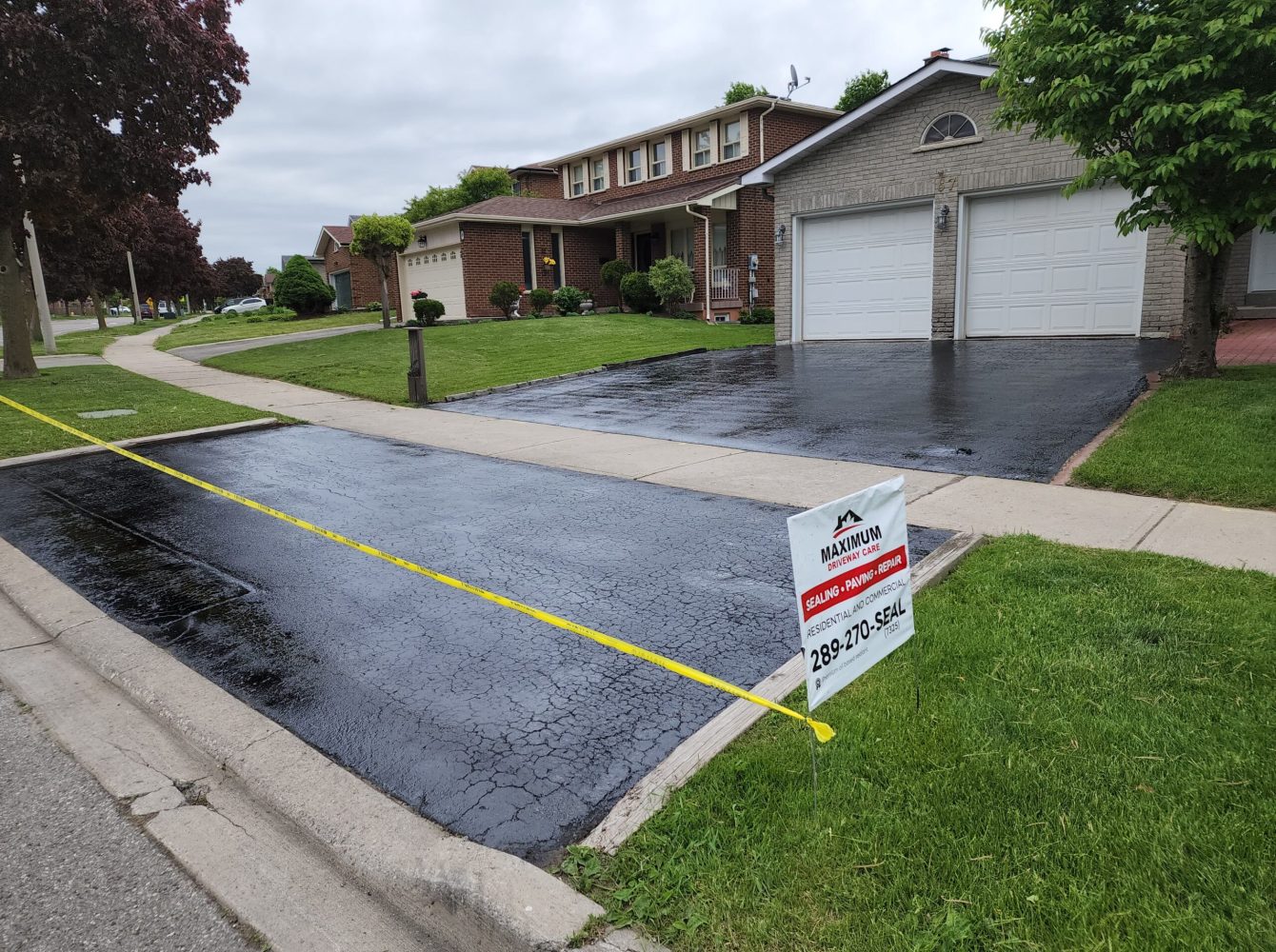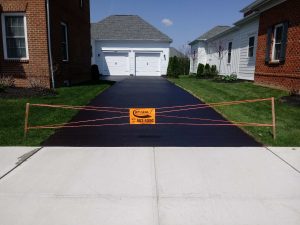Change Your Residential property's Appearances: Commercial Car Park Paving and Asphalt Sealing Solutions
Change Your Residential property's Appearances: Commercial Car Park Paving and Asphalt Sealing Solutions
Blog Article
Hot Mix Asphalt: A Lasting Remedy for Pavement
Hot Mix Asphalt (HMA) has emerged as a leading lasting option for pavement solutions, using a myriad of cutting-edge modern technologies and environmental benefits. Its ability to minimize and recycle materials power intake presents a compelling situation for its adoption in roadway building tasks. Furthermore, the long-lasting performance and longevity of HMA make it a recommended choice for framework growth. As the need for environment-friendly construction techniques expands, exploring the nuances of HMA's sustainability can supply useful understandings into the future of sidewalk options.
Ecological Advantages of Hot Mix Asphalt

Additionally, Hot Mix Asphalt aids to minimize urban heat island impacts. Its dark shade soaks up sunshine, reducing the amount of heat showed back right into the ambience compared to lighter-colored pavements. This can lower ambient temperature levels in metropolitan locations, reducing the need for air conditioning and ultimately lowering energy consumption.
Furthermore, Hot Mix Asphalt adds to enhanced stormwater administration. Its permeable nature permits water to infiltrate the pavement and reenergize groundwater supplies, reducing drainage and the danger of flooding. These environmental advantages make Warm Mix Asphalt a sustainable choice for paving roadways and freeways.
Energy Efficiency in HMA Manufacturing
Is energy effectiveness a vital consider the manufacturing of Warm Mix Asphalt (HMA)? Definitely. Energy plays a substantial function in the manufacturing of HMA, affecting both price and environmental sustainability. One crucial element of power effectiveness in HMA production is the use of warm mix asphalt (WMA) technologies (regrading). WMA enables the mixing and placement of asphalt at lower temperatures contrasted to conventional hot mix asphalt, causing decreased energy consumption during manufacturing. This procedure not only reduces gas use however also decreases greenhouse gas exhausts, making it a more eco-friendly choice.
Moreover, advancements in plant technologies have led to more energy-efficient HMA manufacturing procedures. By optimizing power usage in HMA production, the industry can decrease its carbon footprint while preserving top quality pavement materials.
Recyclability of Hot Mix Asphalt
The recyclability of Hot Mix Asphalt (HMA) is a pivotal aspect of its sustainability and lasting ecological effect. HMA is among one of the most recycled materials in the United States, with over 100 million lots of redeemed asphalt sidewalk (RAP) being recycled every year in brand-new sidewalk construction. Reusing HMA offers several ecological advantages, such as minimizing the demand for virgin materials, lowering energy intake during manufacturing, and decreasing the amount of waste sent to land fills.
The procedure of recycling hot mix asphalt HMA involves milling the existing pavement, crushing it right into smaller pieces, and blending it with new aggregate and asphalt binder to develop a recycled mix. This recycled mix can often execute along with and even much better than standard HMA, while calling for fewer raw materials and creating lower greenhouse gas emissions. By including RAP right into brand-new sidewalk tasks, roadway firms can preserve all-natural resources, decrease prices, and lessen the environmental footprint of road building and upkeep tasks. On the whole, the recyclability of HMA plays a significant function in advertising sustainable practices within the sidewalk market.

Long-Term Performance of HMA
Asphalt pavements demonstrate toughness and strength over a prolonged period, reflecting the lasting efficiency of Warm Mix Asphalt (HMA) In addition, innovations in HMA technology, such as the use of polymer-modified binders and warm mix asphalt, have actually better improved the toughness and durability of HMA pavements. By focusing on high quality construction and maintenance techniques, HMA proceeds to confirm itself as a economical and sustainable solution for lasting pavement facilities.

HMA: Sturdiness and Sustainability
Demonstrating both longevity and sustainability, Warm Mix Asphalt (HMA) has actually ended up being a cornerstone in the construction of durable sidewalk infrastructures - commercial parking lot paving. HMA's resilience stems from its capability to endure hefty lots, severe weather, and high traffic volumes, making it a reputable choice for roadways, freeways, and airport runways. The composition of HMA, which normally consists of accumulations, binder, and filler, plays YOURURL.com a vital duty in boosting its durability and resistance to put on and tear
Moreover, HMA's sustainability depends on its recyclability and energy-efficient production procedure. The capability to recycle recovered asphalt pavement (RAP) in new HMA combinations minimizes the demand for virgin products and minimizes the ecological impact of pavement construction and upkeep. Furthermore, the power effectiveness of generating HMA exists in its reduced mixing temperatures contrasted to various other pavement materials, leading to decreased power intake and greenhouse gas emissions.
Verdict
In verdict, hot mix asphalt (HMA) provides a lasting service for sidewalk with its ecologically pleasant features. HMA's recyclability, power effectiveness in manufacturing, and long-lasting sturdiness make it an eco-friendly choice for road building.
HMA is one of the most recycled products in the United States, with over 100 million bunches of recovered asphalt sidewalk (RAP) being reused each year in view it new pavement building and construction.The procedure of recycling HMA entails grating the existing pavement, squashing it into smaller sized pieces, and mixing it with brand-new aggregate and asphalt binder to develop a recycled mix.Asphalt sidewalks demonstrate toughness and resilience over an extensive period, reflecting the lasting performance of Hot Mix Asphalt (HMA) In addition, advancements in HMA modern technology, such as the usage of polymer-modified binders and warm mix asphalt, have actually even more boosted the resilience and longevity of HMA sidewalks. The capability to reuse recovered asphalt pavement (RAP) in brand-new HMA mixtures lowers the demand for virgin materials and reduces the environmental effect of sidewalk building and maintenance.
Report this page